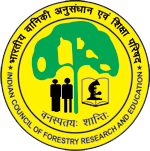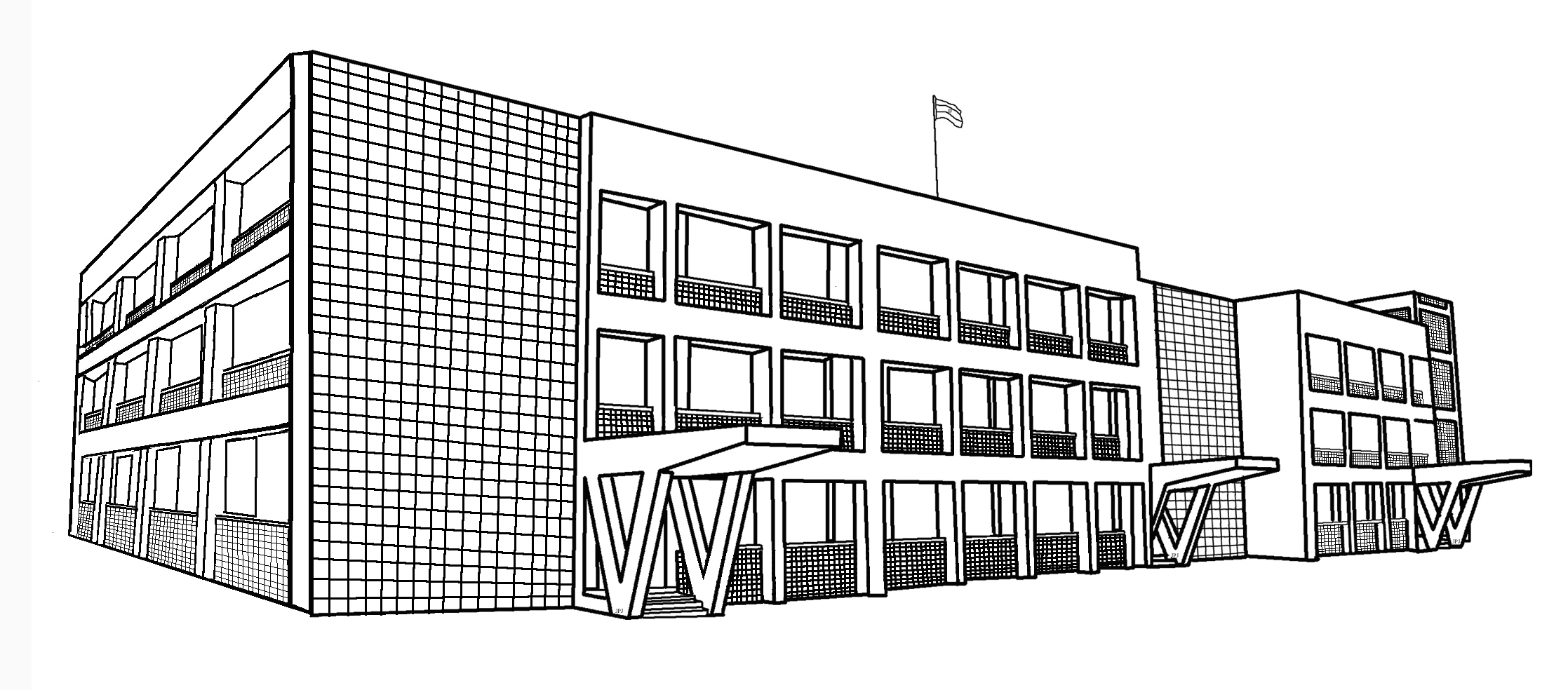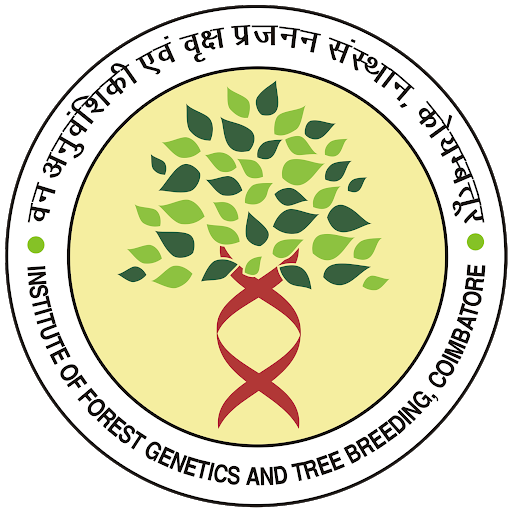FAQ
1.How to get genetically superior seeds of forestry species for raising plantations?
IFGTB supplies limited quantity of superior seeds of Eucalyptus, Casuarinas and Acacias on first cum first serve basis every year. Please contact the Director for further information
2.Can I get what kind of planting materials should be used to enhance productivity?
Clones generally enhance the productivity than the seed materials.
3.Will I get advise on what kind of trees to plant in my land and how to cultivate them?
Yes. Contact the Director with the details of your land.
4.Flowering is scanty in the plantations. How to improve it?
Application of Paclobutrazol promote flowering .
5.What is the optimal clonal composition for Tamarind orchards? How does it influence in yield patterns?
Monoclonal plantation should not be done in Tamarind. A minimum of 5 different clones is optimal for high yield.
6.Can I get short term training on clonal propagation and control pollination in important forestry species?
Yes. Training can be provided for clonal propagation and control pollination of Eucalyptus, Casuarinas and Teak.
7.Can I get the details of Tree Improvement Works in IFGTB?
Yes. Contact the Director.
8.Can I get advise for establishing genetic trials with design?
Yes. Contact the Director for further details.
9.Is it possible to hire IFGTB as a consultant for different forestry projects?
IFGTB undertakes consultancy projects under various forestry disciplines. Please contact Director for further details.
10.Has any literature been published by IFGTB on tree cropping and how to get them?
Yes. Contact the Extension Officer for further details.
11.Does IFGTB undertake DNA fingerprinting services to outsiders?
IFGTB will agree to undertake DNA fingerprinting services for commercial tree crops on individual case basis. Please contact Director for further details.
12.How to get genetically superior seeds or planting material for raising plantations?
Please contact Director through email / post indicating species, location of plantation and area proposed to be planted.
13.Is it possible to hire IFGTB as a consultant for different forestry projects?
Yes. Write to Director with complete details.
14.Can I undergo a short term training in one of the labs of IFGTB?
Yes. Please refer the website under Student Programme.
15.Will I get advise on what kind of trees to plant in my land and how to cultivate them?
Yes. Contact the Extension Officer. He may direct you to concerned Scientist if necessary.
16.Has any literature been published by IFGTB on tree cropping and how to get them?
Yes. Please contact Librarian / Extension Officer for further details.
17.Why is Eucalyptus targeted for genetic modification studies?
Eucalyptus is used as a raw material in pulp and rayon industries and is planted even in wastelands. Estimated area under Eucalyptus in India is 25,00,000 ha. Moreover, Eucalyptus is an introduced species and there are no natural populations of Eucalyptus in India, thereby reducing concerns on transgene escape into the wild. Eucalyptus is amenable for in vitro regeneration as well as macro propagation, thus enabling easy propagation of genetically modified trees. The Institute also has an ongoing program for Eucalyptus improvement. Superior genotypes have been selected for seed orchards and plantation programmes.
18.What are the traits being targeted for genetic modification?
Presently Osmotin gene (kindly provided by Dr. K.C. Bansal, Professor and Principal Scientist, National Research Centre on Plant Biotechnology, Indian Agricultural Research Institute, New Delhi) is being used for development of transformation protocols. Osmotin gene has been reported to enhance tolerance to salt stress and disease. Eucalyptus is used as a raw material for paper and pulp industry. Genetic modification of lignin and cellulose profiles would be attempted once routine transformation of Eucalyptus is achieved.
19.How are the biosafety aspects monitored?
The Institutional Biosafety Committee (IBSC) of IFGTB meets every 6 months to review the biosafety aspects involved in all rDNA experiments carried out in the Institute. The report is submitted to the Review Committee on Genetic Manipulation (RCGM) of the Department of Biotechnology (DBT), Govt. of India, and the Ministry of Environment and Forests. The IBSC is chaired by the Director, Institute of Forest Genetics and Tree Breeding, Coimbatore, and has a nominee of the DBT, an external expert, a Medical Doctor as Biosafety Officer, and four in-house Scientists as members.
Presently, the experiments to develop efficient genetic transformation systems in Eucalyptus tereticornis are being conducted under contained conditions of the tissue culture lab.
20.How to select a suitable DNA marker system for analysis of different levels of populations?
In our study on Eucalyptus and Casuarina, we have found that dominant markers like ISSR and RAPD can be used at species level differentiation while ISSR, FISSR, AFLP and SSR were found suitable for sub specific taxa including provenances and clones.
21.What are the softwares used in genetic diversity estimation using molecular data?
The softwares used for genetic diversity estimation using DNA marker data (dominant and co dominant) include NTSys, POPGENE, WINBOOT, Arlequin and DNAPOP.
22.How to develop SSRs in species with no sequence information? Is there any alternate strategy available for SSR enrichment?
Development of a microsatellite marker system for a new species requires isolation, cloning, sequencing and characterization of microsatellite loci. Several procedures are available for the enrichment of microsatellites in genomic library like use of anchored repeat primers or probes to improve the efficiency of microsatellite isolation The development of microsatellite markers through these laboratory based screening of SSR libraries is highly time consuming and expensive. An alternate strategy is to cross amplify SSRs across species or genera followed by construction of enriched library and subsequent sequencing and development of primers. This strategy was used to develop SSRs in Casuarina equisetifolia.
23.Are there any specific DNA markers to identify different Eucalyptus species?
We have developed species-specific ISSR markers for E. camaldulensis, E. grandis, E. urophylla and E. citriodora while no specific markers could be detected in E. tereticornis. However work is in progress to identify SSR markers specific to E. tereticornis.
24.What are the advantages of Association mapping over QTL mapping?
Association mapping is a recent concept used in phenotype – marker association based on Linkage Disequilibrium (LD) existing in a natural population while QTL mapping involves linkage of marker with trait in a segregating population. In tree species with long gestation period, generation of segregating populations with contrasting phenotypes is time-consuming, hence association mapping on candidate genes can be an alternate approach where an unstructured population can be used. Here the marker is present very close to the candidate gene (in kilobasepairs) or within the candidate gene as SNPs reducing the number of segregating generations for validation.
25.What are the different bamboo species for which tissue culture protocol has been developed?
We have already developed tissue culture protocols for Dendrocalamus strictus, Bambusa arundinacea and Oxytenanthera stocksii while for other bamboo species like Bambusa nutans and Dendrocalamus giganteus the protocols are presently being developed.
26.What are the cost reduction strategies followed for in vitro multiplication of bamboos?
The cost reduction methods include use of liquid media, commercially available sugar instead of sucrose and ex vitro rooting of microshoots.
27.Is there any somatic embryogenesis protocol available in bamboos?
Yes, somatic embryogenesis has been reported in D. strictus. The details can be found in the paper titled “Enhanced somatic embryogenesis and plant regeneration in bamboo (Dendrocalamus strictus). Plant Cell Biotechnology and Molecular Biology 2003. 4(1&2): 9-16.
28.Are you working on micropropagation of hybrid clones?
We have reported the axillary bud proliferation of a putative hybrid of Eucalyptus torreliana X E. citriodora. The plants were supplied to Tamil Nadu Forest Department for further multiplication through vegetative cuttings.
29.Have you developed any tissue culture protocol for enhancing active metabolite production in medicinal plants?
Presently we are not working on tissue culture of medicinal plants. Nevertheless, we are planning to embark on such product-oriented research in near future.
30.Have the tissue culture plants evaluated for their performance in the field?
We are presently field-testing tissue culture raised plants of bamboo and comparing their growth performance with seedlings and vegetatively propagated material.
31.What are the tests carried out in the seed testing laboratory?
Seed Germination test, vigour test, purity analysis.
32.What are the rates for various tests undertaken in the seed testing lab? Will there be concession for students / seed traders / farmers / Forest Department
Kindly obtain the rate list at the extension cell of the institute . Concessions are not entertained, however, request for concessions may be submitted to the Director, IFGTB who is the deciding authority.
33.Can the equipments in the laboratory be utilised for research purposes by universities/ private organizations?
Yes. But prior permission from the Director, IFGTB, need to be obtained through proper channel.
34.Do you sell tree seeds? If so what is the cost and related details.
Yes. We sell seeds of Casuarina, Eucalyptus, Acacia, Teak and Neem. Prior request for seeds along with the quantity required and D.D. are to be submitted to the institute addressing to the Director, IFGTB. Information regarding availability and supply may be confirmed through telephone or letter.
|
|
| Casuarina equisetifolia | Rs. 2500/- |
| Casuarina junghuhniana | Rs. 2500/- |
| Eucalyptus camaldulensis | Rs. 6000/- |
| Eucalyptus tereticornis | Rs. 6000/- |
| Acacia auriculiformis | Rs. 2500/- |
| Acacia mangium | Rs. 2500/- |
| Tectona grandis (Teak) | Rs. 300/-
|
| Azadirachta indica (Neem) | Rs. 300/- |
35.I intend to cultivate medicinal plants where do I find market for these? Please guide.
We can help you in seed handling methods and raising seedlings of selected medicinal plants. But we do not deal with marketing. We kindly suggest you to contact Ayurvedic medicine producers like Kottakkal vaidya shala, Oushadhi, pharmaceutical industries or co-operative societies functioning in Kerala and Karnataka for this purpose
36.Are high quality seeds or seedlings of tree species available for sale ?
High quality improved seeds are available mainly for Eucalyptus and Casuarina. However, seedlings are not available for sale purpose.
37.Are you supplying tissue culture plants?
No, tissue culture plants are not produced on commercial scale for supply.
38.Is it possible to carryout thesis/dissertation/project work at your Institute?
Yes, students are selected for carrying out thesis / dissertation / project work at IFGTB. The Director, IFGTB may be contacted for further details.
39.On what aspects does the Institute provide training?
Training programmes are available on the subjects like Biofertilizer application, Clonal Technology, Nursery technology, Seed Technology, Agroforestry and Ecotechnology for Officials of forest department / Forest based Industries / NGOs and Farmers. For further details contact The Director, IFGTB.
40.Will you supply biofertilizers on request?
No, biofertilizers are not sold at IFGTB, Coimbatore.
41.Will you provide training on agroforestry models?
Yes, training on agroforestry models will be provided on the following theme
- Designing agroforestry models for different agro-climatic zones.
- Scientific management of agroforestry systems for sustained productivity.
- Tree-crop interactions and economic analysis under agroforestry systems.
- On-farm demonstrations on agroforestry practices.
For further details contact The Director, IFGTB
42.Is there any service available to diagnose pests and disease problems of forest seeds, nurseries and plantations?
Expertise available for diagnose of forest nurseries and plantations pests and diseases.
43.Are the methods of Management of pests and diseases problems of forestry available?
Methods of management of key pests and diseases problems of specific forestry tree species like Teak, Casuarina, Acacia, Albizia, Tamarind, Eucalyptus and Neem, are available
44.Is there systematic identification service of Insects and plant pathogens available?
No
45.Are there methods to identify insect pests and diseases resistant candidates of commercially important plantation tree species?
Standard methods for Screening, Assessment and Selection of resistant candidates through field and lab studies and evaluation are available.
46.What are the tested ecofriendly methods of management of pests and disease of forestry species?
Use of different plant products and Microbial agents for management of selective insect pests of seeds, nurseries and younger plantations of commercially important tree species like Teak, Casuarina, Acacia, Albizia, Tamarind, Eucalyptus are evaluated and standardized.
47.Is there expertise available on Biofertilizers?
Expertise available for isolation, identification and mass production of tree species specific ecto and endo mycorrhizal biofertilizers .
48.What are the training programmes extended?
- Training on diagnose of insect pests and diseases problems of seeds, nurseries and plantations and methods of management .
- Training on use of Biocides and botanicals in insect pests and diseases management of forestry.
- Training on Isolation, Identification and Mass production of Biofertilizers.
49.Whom to contact for getting permission to visit the Herbarium?
A letter seeking permission can be sent to the Director, who will in turn communicate you the reply.
50.Whether identification services are available in the Herbarium?
Yes, identification of forest plant species of Southern India are undertaken on payment of fee as per ICFRE rate. Each plant specimen should be accompanied by notes on its habit, habitat and information on flower and fruit characters and other relevant details, for taxonomical identification of the species.
51.Is there any exchange/ loan facilities for herbarium specimens?
Yes, exchange is available only for the specimens in the list.
52.Whom to contact to visit the Botanical Garden?
The Director can be addressed for permission to visit the Botanical Garden, who will in turn send you the reply.
53.Whether one can get planting materials of forestry species and medicinal plants from the Botanical Garden?
At present, planting materials are supplied only on a limited scale. But, if orders are placed, sufficient materials can be made available on payment basis.





